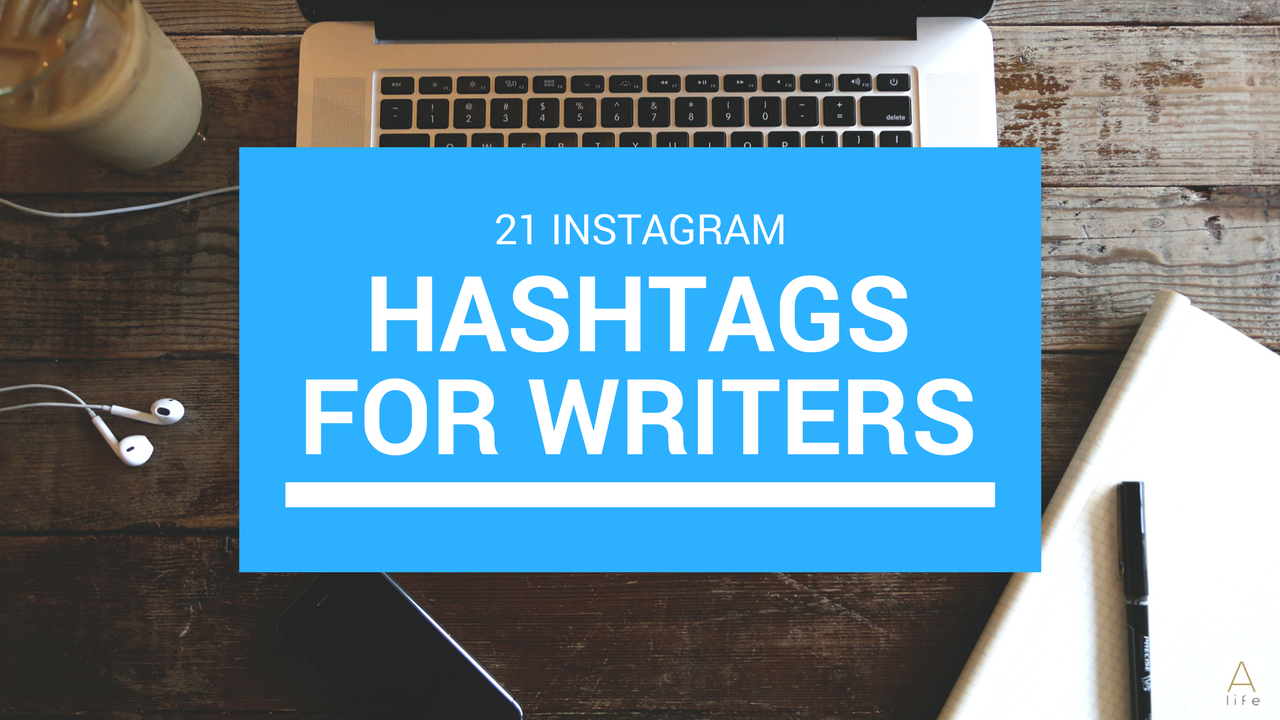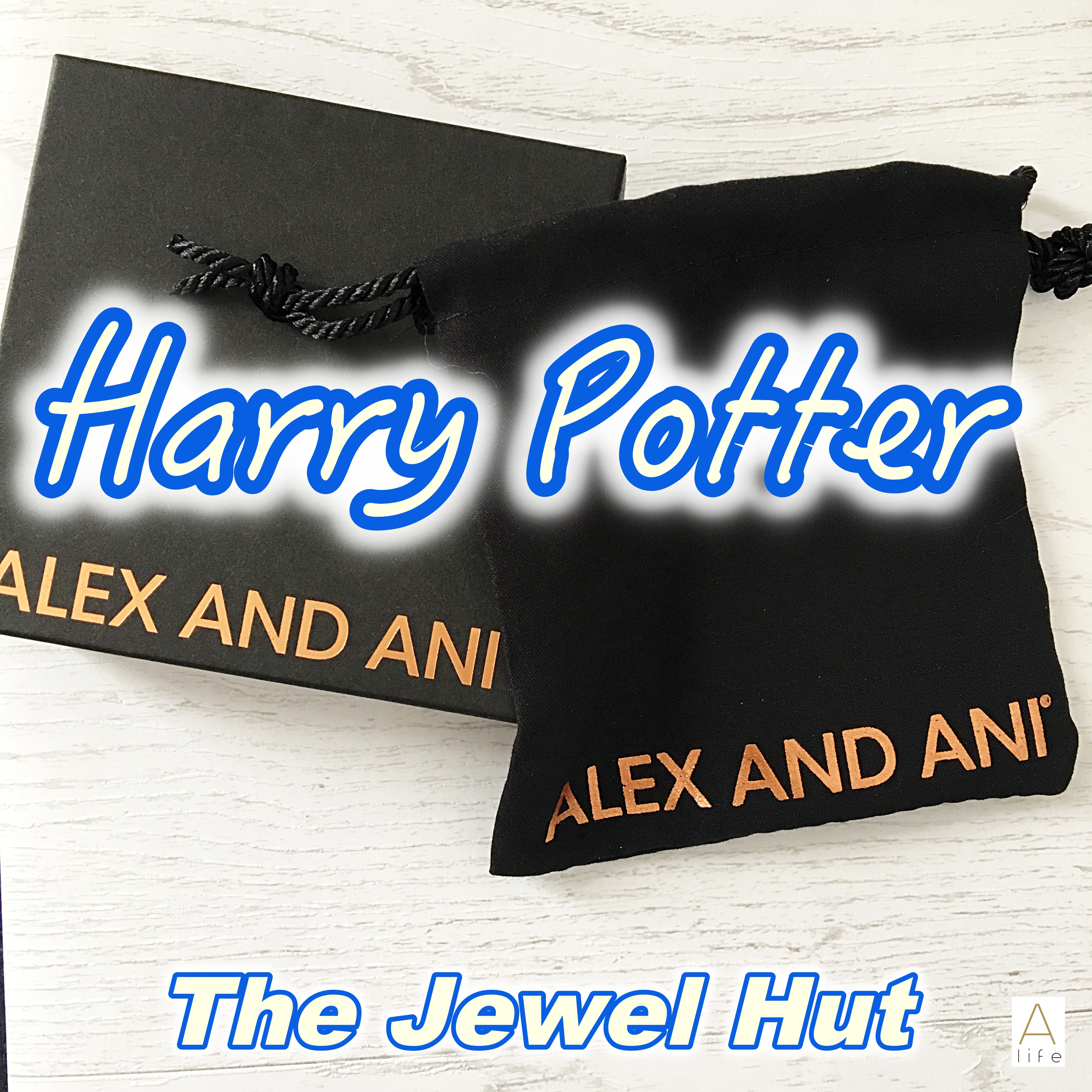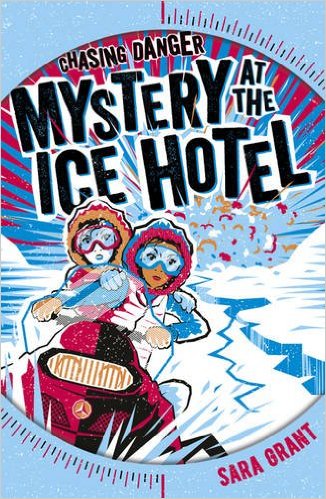Instagram: Love it or hate it, there’s no denying its popularity. The image-based social network, which is owned by Facebook, has 400 million active users. It’s no longer just used by teenagers and trendsetters.
And, despite the fact that it doesn’t allow users to include clickable links inside their captions, using Instagram can be an excellent way to connect with both readers and with the wider publishing industry. Authors can share photos of their books, re-post shots from their readers and share behind the scenes updates of their writing space.
But it can also be difficult to gain traction or to pick up followers, and that’s where hashtags come in. It’s not uncommon to see #PeopleUsingHashtagsLikeThis, but while longer hashtags can work well when they’re used for dramatic effect, they do very little for discoverability.
In fact, the best hashtags are usually short and sweet, easily memorable and simultaneously vague and specific. The key is to pick popular, relevant hashtags that people are already using.
And if you’re worried about using too many hashtags, don’t worry – there’s no such thing, at least not on Instagram. In fact, interactions are highest on posts with 11+ hashtags, so feel free to use as many as needed.
Not sure where to start? Don’t worry – we’ve done the hard work for you!
Here are 21 of the best Instagram hashtags for writers, as well as how best to use them.
- #Writing: This one’s an obvious one, but it’s also the most popular. Use this one by default.
- #AmWriting: This variant of the first hashtag is typically used when you’re sharing updates about your current work in progress.
- #AmReading: If you’re using Instagram to share what you’re reading – as well as what you’re writing – then this is a good one to use to tag your book photos.
- #TBR: This acronym stands for ‘to be read’ and is ideal for when you’re sharing shots of books that you own but haven’t read yet.
- #InstaPoem: This is the perfect hashtag for poets, and it’s typically used to share short snippets of poetry and quotes from longer works.
- #WritersLife: Use this when you’re sharing behind the scenes photos – such as if you’re working from your laptop in a coffee shop.
- #WordPorn: Food photographers use #FoodPorn, sunset photographers use #SkyPorn, and writers and wordsmiths can use #WordPorn to tag photos that show off words in all of their (naked) glory.
- #WritersOfInstagram: This hashtag is designed to foster a sense of community, and it’s a good idea to use it when appropriate and to have a browse to see what other people are posting.
- #Words: Short but simple, this hashtag is perfect for writers of all shapes and sizes.
- #CreativeWriting: This one’s a favourite of mine because it’s the name of the course that I studied at university. It’s perfect for all kinds of writing, from poems and blogs to novels and more.
- #SpilledInk: While this hashtag might suggest something specific, it’s actually used largely to share quotes from literature and works in progress.
- #Prose: This one’s useful as a catch-all term – if you’re sharing something that isn’t poetry, it’ll work.
- #Wordsmith: This one should be used sparingly because you don’t want to come across as having an ego. But if you see yourself as a wordsmith, use it!
- #WordGasm: This is what happens if you watch too much #WordPorn and the hashtag can be used in a similar context.
- #IndieAuthor: If you’re lucky enough to have been signed by a major publisher then it’s a good idea to steer clear of this one, but if you’re with a small publisher (or if you self-publish) then this can help you to take part in the wider indie community.
- #WritersBlock: Let’s face it – this is probably why you’re killing time on Instagram in the first place.
- #AmEditing: A project isn’t over once the first draft is complete, and this hashtag is perfect to use when you’re sharing photos of your editing process – including the bajillion cans of Relentless you’re likely to drink along the way.
- #InstaWrite: As with many of the other hashtags on this list, this one can be used to cover almost any form of writing. It’s a good idea to drop it into every couple of posts for a little extra exposure.
- #Sapiosexual: A sapiosexual is someone who’s attracted by intelligence, rather than by looks or even gender. It’s not specifically related to writing, but it’s often used by authors who identify with the label.
- #SpokenWord: This hashtag is great for poets and spoken word artists who are sharing short clips of themselves performing their work. While it’s better to use it with videos, it can still be used sparingly with still images – as long as it’s relevant.
- #PoetryInMotion: Couple this one with the #SpokenWord hashtag for a little extra reach when sharing poetry clips or stills. Despite the title, most of the posts that use this hashtag are images rather than videos. Weird.
Your Turn
Do you use Instagram? If so, what are your favourite hashtags? Let us know what you think with a comment!
- Thank you to Dane Cobain, the author of this guest post for this brilliant tip.
About the author
This post is written by Dane Cobain and sponsored by Publishing Addict, an organisation that specialises in building author websites to help writers to establish a brand, connect with their readers and to sell more books.





 Em Português
Em Português En Español
En Español